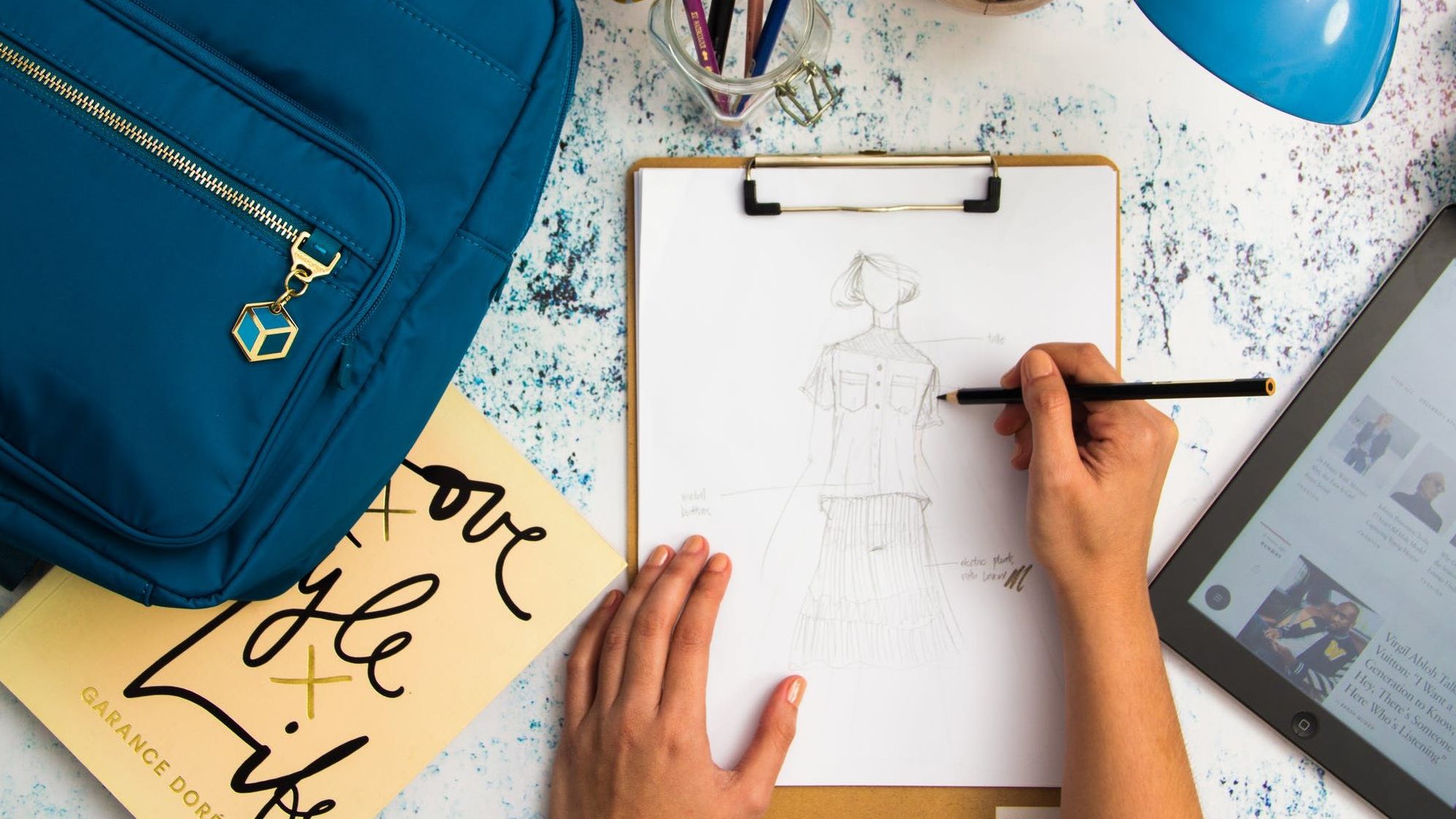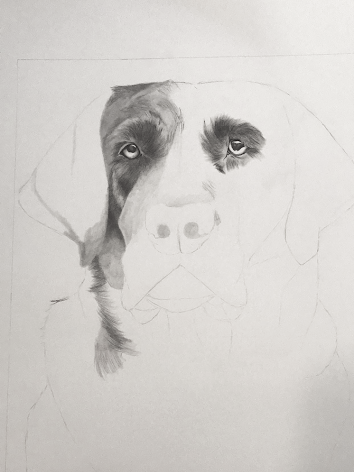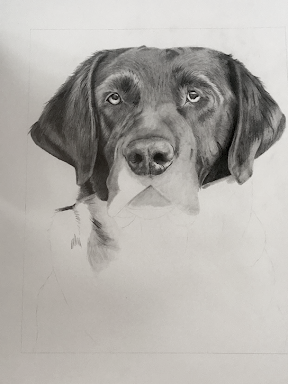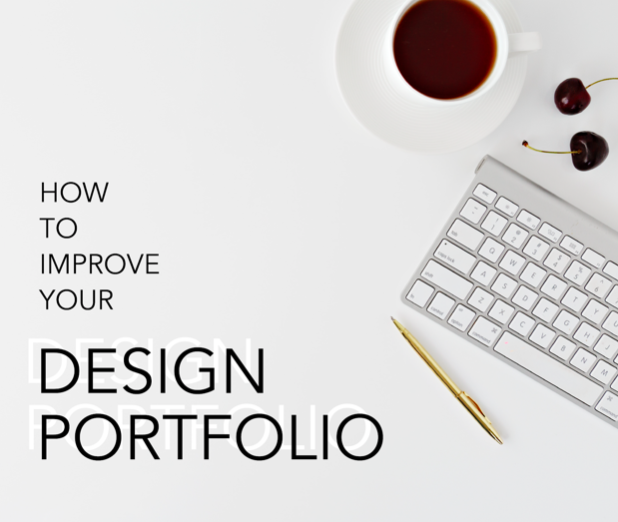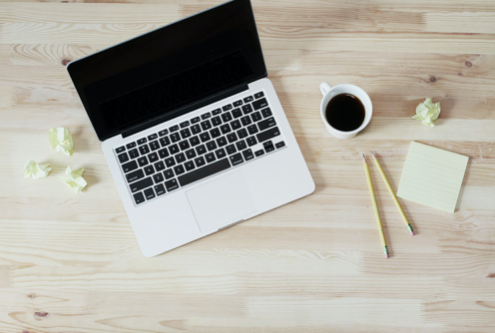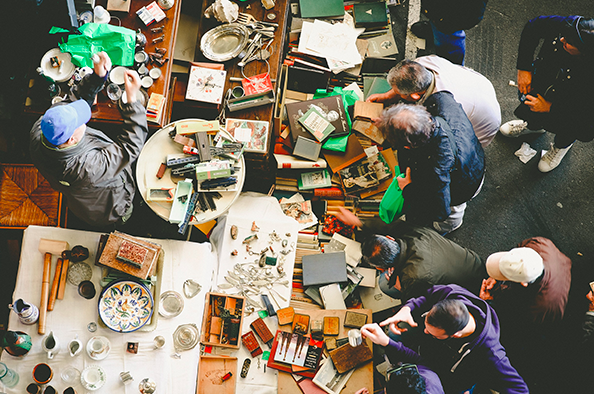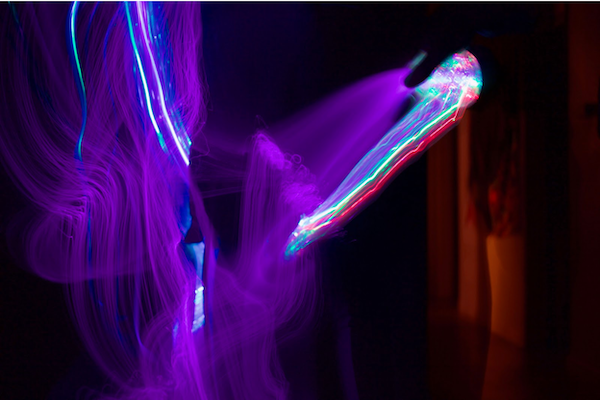By Brooke Larsen
Every piece of art, whether it is a portrait drawing or a billboard, goes through a series of phases called the creative process. This structured process can be followed for any type of project that you work on. Every person has their own take on how they express their creativity, so the structure may vary and some steps may look different from individual to individual. The main steps in creating a finished project are preparation, incubation, illumination, evaluation, and verification (How to Improve Creativity).
1. Preparing
Preparing your work of art is defined as coming up with the ideas and researching the given subject (How to Improve Creativity). This can be simply drawing out sketches, looking at Pinterest pictures, or putting together a mood board to get yourself going in the right direction. This stage of the creative process may take some trial and error, but that is normal. Maybe the first mood board you create does not fit the route your organization wants to take. You can go back to the drawing board and tweak your research. When Graphic Designers are coming up with ideas for a logo or a symbol in the preparation stage, hundreds of sketches are made. You may have fifty variations of the same concept to show to your client.
2. Incubation
The second stage of the creative process is incubation. Incubation is known as the breaks you take from your project and the creative process all together (How to Improve Creativity). This step is actually very important to take because artists tend to work better with a clear look on their work. When I am on hour three of creating a portrait for a client, my vision towards the given image seems to distort and I find myself hating the drawing. That is when incubation is the most important. After taking a break from the work, I am able to come back and see clearly what the piece needs and where I need to go with it.
3. Illumination
The next stage is illumination, also known as the “Eureka” stage (How to Improve Creativity). After taking a break from your work, coming back to it with a fresh mind allows the ideas to flow naturally. I see this stage coming into play when I start to make erase marks on charcoal drawings of animals. Before, the drawing is flat with simple shadows, but once the fur on the animal starts to pop, illumination begins. I find myself obsessed with the piece and I start to get into a rhythm of sorts. Creating the fine lines and textures of the portraits makes the image come to life and all of a sudden, I am in love with the drawing again.
4. Evaluation
The fourth step when creating a work of art is the evaluation stage. This is when your art is nearly finished or your idea is just about solidified (How to Improve Creativity). You take your piece or that idea and weigh it against others (How to Improve Creativity). You may show your work to peers and they can give you a different outlook on the project. When I am nearly done with a portrait, I like to show it to my friends and family and get feedback on what they see. I am then able to take their ideas to make my piece better than it was before.
“You have worked so hard preparing your ideas and getting feedback from your peers, and now you get to show it to the world.”
5. Verification
Last but not least, the verification stage. This is when your work comes to life. You have worked so hard preparing your ideas and getting feedback from your peers, and now you get to show it to the world. Your client is able to see the final product. This process may become tedious, but it all pays off when you receive that check.


